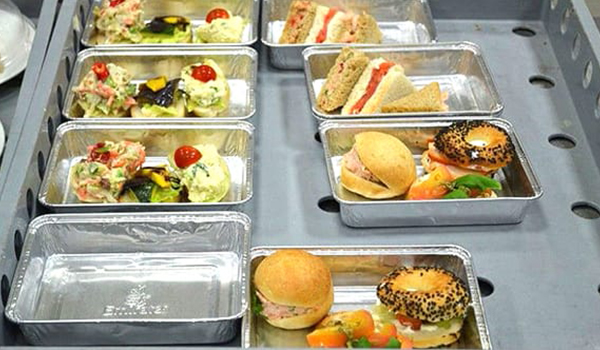
For the longest time, tin, known as tinfoil stuck, was used as a packaging material for containing goods such as candies and cigarettes. While aluminum foil was also being used commercially, it wasn’t until 1947 that everyone’s favorite “aluminum foil” made its way into the household.
That’s right.
It’s light, inexpensive, and is insanely multipurpose. You’ve used it to package food for the freezer, wrap up those leftovers, line your baking sheets and oven grill grates and even sharpen scissors.
Today, aluminum foil comes in a host of different widths and sizes. As a matter of fact, the more the thickness of a foil, the less likely it will be vulnerable to tear and leak. A heavy-duty aluminum foil obviously is way thicker than a regular one. If you’re unsure about the different types of aluminum foil and how to choose one for household use, keep reading to find answers to all your questions!
Aluminum foil is a household essential. Since it’s mainly used to store, carry, and contain foods and kitchen utensils, choosing the suitable aluminum foil is super important. Understanding the different types of foils, their thickness, and their width range can give a clear picture of which foil works best for which purpose. If you’re looking for something tough and resilient, opt for a heavy-duty variety of aluminum foil. Not only will it serve the purpose, but it will also make wrapping and packaging effortless. The best part? Aluminum foils are fully recyclable, so no matter where you are, you can always toss your use aluminum foil in the recycle bin and contribute towards building a sustainable environment.